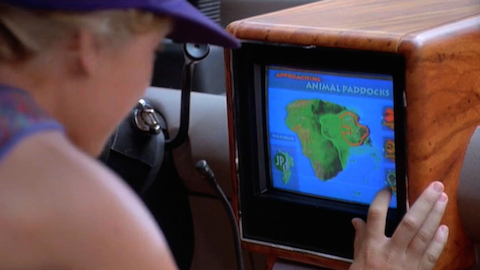

Its success is, to a great extent, attributable to localisation practices, which help game companies maximize their return on investment by reaching the widest possible audience.

Hence the worlds created by Amanita Design seem to be the answer to the dominant hyper-realistic aesthetics of mainstream games.įrom its humble origins in the 1970s, the software entertainment industry has grown into a worldwide phenomenon and a multibillion-dollar industry.

The new reality, however radically anti-realistic, does not try to pretend to be something else than itself. Every time they set a spatially complex structure in the two-dimensional environment of the game, it manages, despite its fantastic nature, to maintain its full integrity. The creators base their technique on a deconstruction of one reality, and at the same time they build entirely new worlds. Such refined structure of virtual assemblage seems to escape the concept of simulacrum. The structure of these game cluster spaces is built not only from material artefacts of human culture but also from the elements of nature. These examples are particularly interesting as the artistic technique in this case goes beyond the aesthetic aspects (visual art and music) and the narration, and actively informs the gameplay. This paper will show how the collage technique actively influences the structure of Amanita Designs’ games, such as Samorost series, Botanicula, Machinarium.


 0 kommentar(er)
0 kommentar(er)
